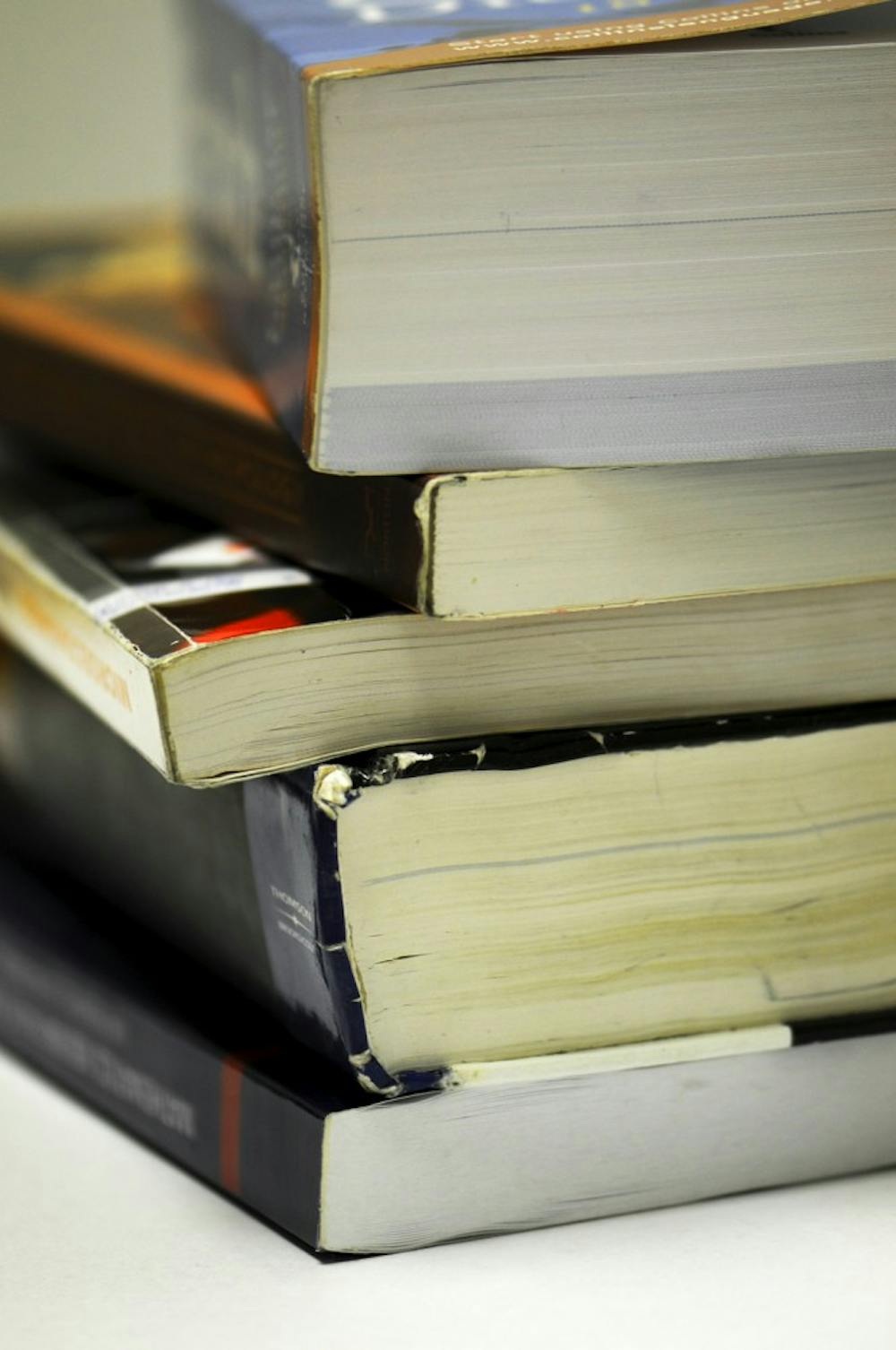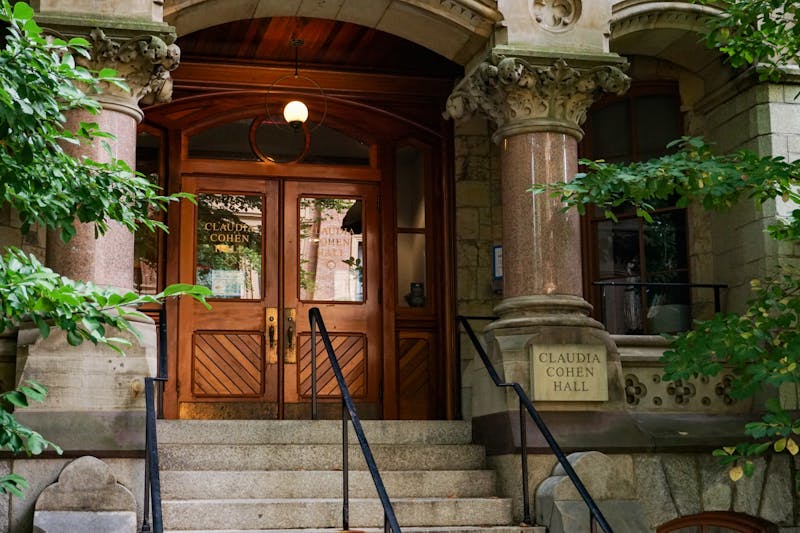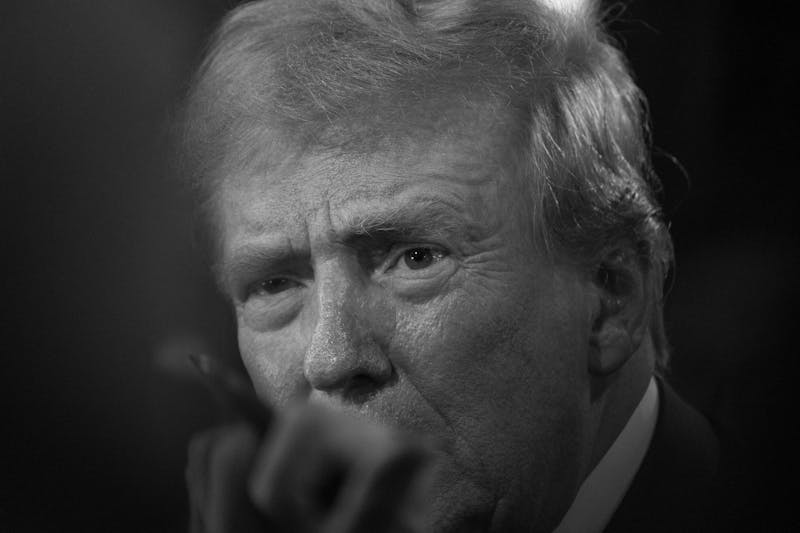
Textbook prices have risen about 22 percent in the last four years, prompting new ways to distribute class texts from professors.
Credit: Alexandra Fleischman , Alexandra FleischmanWith textbook prices climbing steadily higher, some professors are exploring bookstore alternatives to try to decrease the financial burden on their students.
Over the past four years, textbook prices have risen 22 percent, according to a survey by the Student Public Interest Research Group.
“Students don’t have access to the material in equal ways, and if we’re not putting the students on common ground, that’s morally not right,” said Anthropology professor Janet Monge, who struggles to find texts for her students that won’t break the bank.
Because of the frequent release of new editions, used books are hard to come by, and even the electronic versions of texts Monge has looked into cost up to $80, she said.
Furthermore, publishers make no effort to publicize prices to professors, who have to research book prices on their own before placing an order.
“It seems like a racket to me,” Monge said. “They produce new editions very quickly, and the new editions often don’t have much new to them.”
According to Management professor Daniel Raff, who studies the publishing industry, the threat of the secondhand market has led publishers to release new editions frequently so as to reduce the draw of used books.
Another more recent development in academic publishing is the rise of “bundling” — books are sold in a package along with workbooks and solution manuals which further increases their cost.
The growth of online publishing and retail, though, has opened up new alternative means of purchasing and distributing texts.
Students in Wharton School professor Kevin Werbach’s class in internet law, for example, were able to download their textbook for free, though a donation of $30 was strongly recommended.
This is Werbach’s first foray into the online distribution system, after putting together his own materials for lack of an affordable book.
Even in making photocopies, Werbach ran into lofty fees from publishers. Copying two chapters of one book, for instance, would have cost $16 per student in licensing fees — the book itself would have cost $8 on Amazon.com.
Nursing School professor David Perlman has created another alternative for purchasing books. Perlman’s students are given the option of buying their book through a store he set up with Amazon. For each sale, Amazon rewards Perlman with a small compensation, which he uses to support a summer internship program he runs.
“It really stems from the fact that I think that students should have total freedom where they get their textbooks,” Perlman said. “I know a lot of students buy stuff off Amazon anyway, so it’s just a different way to do the transaction.”
While these new options can provide some financial relief, Monge believes something has to change in the industry.
“Does it really need to be in color?” Monge said. “Does it really need glossy pages? I’m not choosing it based on what it looks like, I’m choosing it on the content. Get back to the content.”
The Daily Pennsylvanian is an independent, student-run newspaper. Please consider making a donation to support the coverage that shapes the University. Your generosity ensures a future of strong journalism at Penn.
DonatePlease note All comments are eligible for publication in The Daily Pennsylvanian.







